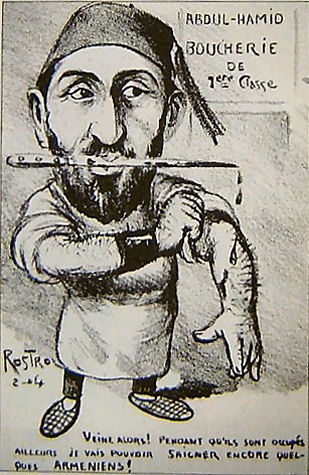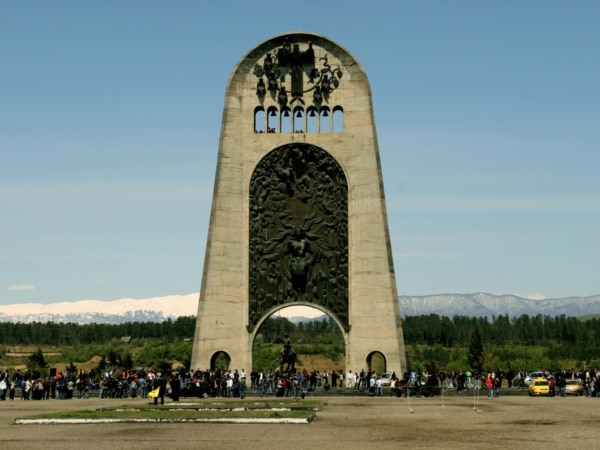Turkey: Name Change
After repeated silence from municipal officials regarding a name change, a civil society group in Istanbul, Turkey has itself replaced the sign of a local street from that of a mythical toponym – used by a terrorist group – to the name of an Armenian journalist murdered three years ago this month by a ultra-nationalist youth.
The teenager who shot Hrant Dink – the editor of Agos newspaper and a promoter of reconciliation between Turks and Armenians – was allegedly recruited by Ergenekon, an elite military group which has failed its goal of toppling Turkey’s Islamic but moderate administration. Ergenekon, which is named after a mythical place and is revered by Turkish ultra-nationalists, supposedly had planned to kill other Armenians as well (prominent representatives of the handful of indigenous Christians who once numbered 20% of what is today’s Turkey).
Originally reported in Turkish by Bianet, the news is quite interesting: in a nationalist country like Turkey (even in relatively liberal Istanbul), such action can be dangerous (no official or nationalist reactions have been reported so far). But it is also inspiring, and giving hope that maybe, just maybe, progressive Turks – and hopefully Turkey as a society – will one day rename streets honoring the perpetrators of the Armenian genocide as well.
In Istanbul alone, there are four avenues celebrating the main architect of the genocide – Talaat.


